What Vegetables Are Most Suited for Greenhouse Cultivation? Top Choices for Successful Growth

Greenhouse cultivation offers a unique environment for growing vegetables, providing optimal conditions that can enhance growth and yield. Understanding which vegetables thrive best in these controlled surroundings is crucial for both novice and experienced gardeners. From temperature management to humidity control, the greenhouse environment can significantly influence plant health. This article will explore the top vegetables that are particularly suited for greenhouse cultivation, taking into account their growth requirements, resilience, and profitability. By carefully selecting the right crops, you can maximize your gardening success and enjoy a bountiful harvest throughout the year.
Most Suitable Vegetables for Greenhouse Cultivation
Greenhouses create a controlled environment that enhances the growth of various vegetables. Among the most suitable vegetables for greenhouse cultivation are tomatoes, cucumbers, bell peppers, lettuce, and spinach. These crops thrive in the warm, humid conditions often provided by greenhouses, allowing for extended growing seasons and increased yields. Greenhouses protect these vegetables from pests and diseases, which can be particularly beneficial for organic growers. Moreover, utilizing greenhouses allows for precise control over temperature, humidity, and light, enabling the production of high-quality produce regardless of the external climate.
Tomatoes
Tomatoes are one of the most popular vegetables for greenhouse cultivation due to their adaptability and high market value. They require a warm and stable environment to avoid blossom drop and achieve optimal fruit set. In a greenhouse, tomatoes benefit from regulated temperature and humidity, resulting in faster growth and improved flavors. The ability to control lighting through supplemental grow lights further enhances fruit development, making tomatoes a profitable choice for greenhouse systems.
Cucumbers
Cucumbers are another excellent choice for greenhouse cultivation, thriving in warm, humid conditions. They require pollination, which can be managed effectively in greenhouses, often through the introduction of bees or utilizing self-pollinating varieties. The controlled environment of a greenhouse allows for extended harvesting periods, significantly increasing cucumber yield throughout the growing season. This ensures a consistent supply of fresh cucumbers, catering to market demands.
Bell Peppers
Bell peppers are well-suited for greenhouse cultivation as they thrive in warm temperatures and benefit from a protected environment. The greenhouse setting provides ideal conditions that promote earlier maturity and higher fruit quality. Additionally, bell peppers can be grown year-round in greenhouses, enabling producers to capitalize on favorable market prices for off-season produce. This ultimately contributes to maximizing profitability in greenhouse operations.
Lettuce
Lettuce is highly favored for greenhouse cultivation due to its relatively short growing cycle and the ability to harvest multiple crops throughout the year. The controlled conditions of a greenhouse help prevent common pests and diseases that plague outdoor lettuce crops, allowing for cleaner and healthier yields. Varieties such as iceberg, romaine, and leaf lettuce can all flourish under these conditions, providing an efficient crop rotation option for growers.
Spinach
Spinach is a nutrient-dense leafy green that performs exceptionally well in greenhouse settings. The protection offered by a greenhouse enables spinach to be grown in cooler months, as it prefers temperatures ranging from 50°F to 60°F. With controlled moisture levels and consistent light, spinach can be harvested multiple times in a season, making it an attractive option for both small-scale and commercial growers. Its rapid growth cycle allows for quick turnovers, ensuring a continuous supply of fresh spinach.
| Vegetable | Ideal Temperature | Yield Potential |
|---|---|---|
| Tomatoes | 70°F - 85°F | 20-30 lbs per plant |
| Cucumbers | 70°F - 85°F | 10-20 lbs per plant |
| Bell Peppers | 70°F - 80°F | 5-10 lbs per plant |
| Lettuce | 60°F - 70°F | 5-10 lbs per square foot |
| Spinach | 50°F - 60°F | 5-8 lbs per square foot |
What vegetable grows best in a greenhouse?
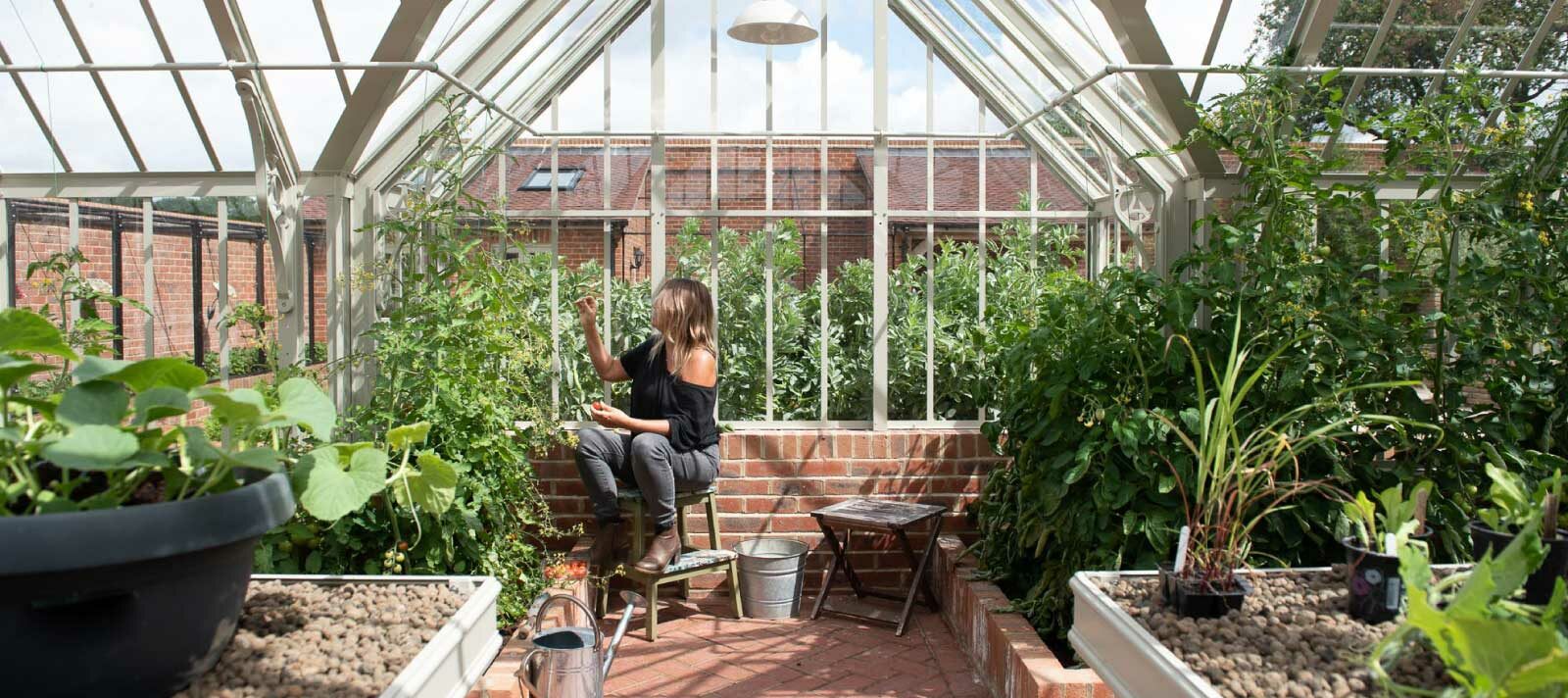
One of the best vegetables to grow in a greenhouse is tomatoes. Greenhouses create an optimal environment for tomato plants, providing heat retention, protection from pests, and a controlled climate that allows for year-round cultivation. The ability to maintain consistent humidity and temperature levels is crucial for the successful growth of tomatoes, making them a popular choice among greenhouse gardeners.
Benefits of Growing Tomatoes in a Greenhouse
Growing tomatoes in a greenhouse offers several advantages that enhance their growth and yield:
- Extended Growing Season: Greenhouses allow for early planting in spring and late harvesting into fall, maximizing the yield.
- Protection from Pests and Diseases: Enclosed spaces minimize the risk of pests and diseases, leading to healthier plants.
- Controlled Environment: Temperature and humidity control create ideal conditions for optimal plant growth.
Optimal Conditions for Greenhouse Tomatoes
To thrive in a greenhouse, tomatoes need specific conditions:
- Temperature: Ideal daytime temperatures are between 70°F to 85°F (20°C to 30°C), and nighttime temperatures should not drop below 55°F (13°C).
- Humidity: Maintaining humidity levels between 60% and 70% is crucial to prevent diseases and promote healthy growth.
- Lighting: Ensure sufficient natural or supplemental lighting for at least 14-16 hours per day, especially during the winter months.
Varieties of Tomatoes Suitable for Greenhouses
Various tomato varieties flourish in greenhouse environments. Here are some notable types:
- Cherry Tomatoes: Small and sweet, they are prolific producers that thrive in warmer temperatures.
- Beefsteak Tomatoes: Large and meaty, they require sturdy support within the greenhouse structure.
- Heirloom Tomatoes: Known for their unique flavors and colors, they adapt well to greenhouse conditions.
Common Challenges in Growing Greenhouse Tomatoes
Despite the advantages, there are challenges to consider when growing tomatoes in a greenhouse:
See also:
- Pest Management: Even in enclosed environments, pests like aphids and whiteflies can become an issue.
- Diseases: Fungal diseases such as powdery mildew can develop if humidity levels are too high.
- Pollination: Limited airflow can affect pollination; hand pollination or the use of bumblebees may be necessary.
Tips for Successfully Growing Tomatoes in a Greenhouse
To ensure a fruitful tomato harvest, consider these best practices:
- Regular Watering: Consistent watering helps prevent blossom end rot and encourages robust growth.
- Fertilizing: Use a balanced fertilizer to promote healthy fruit development and overall plant vigor.
- Pruning: Regularly prune the plants to improve airflow and focus energy on fruit production.
What vegetables should not be grown in a greenhouse?
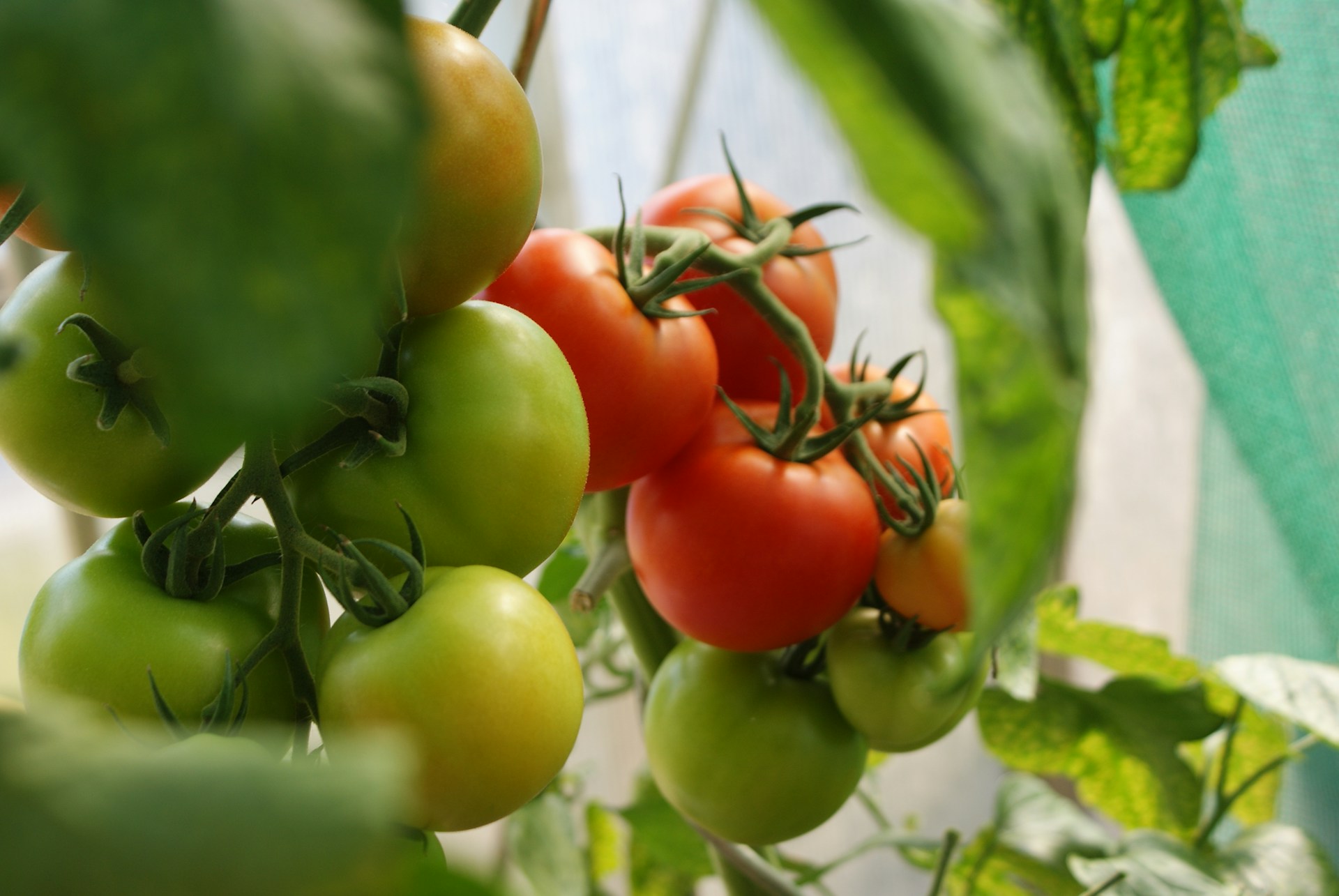
Growing vegetables in a greenhouse offers advantages like extended growing seasons and protection from pests. However, certain vegetables thrive better when grown outdoors rather than in a greenhouse. Here are some vegetables that generally should not be grown in a greenhouse due to their specific needs or characteristics.
1. Root Vegetables
Root vegetables such as carrots, potatoes, and beets typically prefer cooler temperatures and can become too stressed in a warm greenhouse environment. They also require ample space to grow downward, which can be limited in a greenhouse.
- Carrots: They need cooler soil temperatures for optimal growth and may become stunted or deformed in heat.
- Potatoes: Excess moisture in a greenhouse can lead to rot and other diseases.
- Beets: They thrive in cooler climates and can bolt if temperatures rise excessively.
2. Brassicas
Brassicas, such as cabbage, broccoli, and kale, often suffer from heat-related stress in a greenhouse. These plants typically thrive in cooler environments, and greenhouse conditions can lead to quick bolting and poor head formation.
- Cabbage: High heat can lead to premature flowering and small heads.
- Broccoli: Needs cooler temperatures for optimal head development.
- Kale: While it can withstand a variety of conditions, excessive heat can degrade its quality.
3. Legumes
Legumes like beans and peas generally require good air circulation and do not fare well in the humid conditions often found in greenhouses. Excess moisture can lead to fungal diseases and poor yield.
- Beans: They are susceptible to mold, especially in high humidity.
- Peas: They struggle with the warm conditions and can become leggy.
- Chickpeas: They require good airflow and do not thrive in confined spaces.
4. Nightshades
Nightshade vegetables such as tomatoes and peppers can be grown in greenhouses, but their performance can vary. If they don't receive proper care, they may develop issues like blossom drop and increased pest problems.
- Tomatoes: Overcrowding in a greenhouse can lead to poor airflow and increased disease rates.
- Pepper plants: They may not set fruit well in overly humid conditions.
- Eggplants: They can be sensitive to heat and humidity levels, thus declining in quality.
5. Squash and Pumpkins
Plants like squash and pumpkins tend to spread and take up a lot of space, making them less suitable for greenhouse cultivation. They also thrive in full sun conditions, which can be challenging to maintain consistently in a greenhouse.
- Summer Squash: Generally requires lots of space and sunlight; can easily become stunted.
- Winter Squash: They need ample room to sprawl and can become diseased in enclosed spaces.
- Pumpkins: Large fruits require significant resources, which may not be sustainable in a limited greenhouse setting.
Can I grow vegetables all year in a greenhouse?

Yes, you can grow vegetables all year in a greenhouse, provided you create the right conditions for various crops. A greenhouse moderates temperature, controls humidity, and protects plants from pests and diseases, allowing for extended growing seasons and potentially year-round cultivation. However, you should consider certain factors such as heating, cooling, and the vegetable types suited for different seasons.
Temperature Control
Maintaining the appropriate temperature throughout the year is crucial for healthy plant growth. In winter, you may need to use heating systems to keep the greenhouse warm enough for growth, while in summer, ventilation or cooling systems might be necessary to avoid overheating.
- Invest in heating systems like radiators or heating mats for winter.
- Use fans or vents for proper air circulation in summer.
- Consider thermal screens to regulate temperature efficiently.
Humidity and Watering
Proper humidity management is essential for preventing diseases and promoting growth. Greenhouses can trap moisture, so it's vital to monitor humidity levels and adjust as needed. Additionally, the watering schedule should align with each plant's specific requirements.
- Utilize humidity sensors to keep track.
- Implement a drip irrigation system for efficient watering.
- Water plants based on their individual needs and the season.
Choosing the Right Vegetables
Not all vegetables thrive year-round. Choosing the right crops for each season can maximize your yield. Leafy greens, herbs, and specific root vegetables tend to perform better in winter, while tomatoes and peppers are better suited for warmer months.
See also: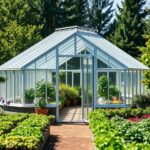
- Grow leafy greens like spinach and lettuce in colder months.
- In summer, opt for fruiting crops such as cucumbers and peppers.
- Consider crop rotation for optimal soil health.
Pest Management
Although a greenhouse provides some protection against pests, you still need an effective pest management strategy. Monitoring plants regularly and using organic pest control methods can help maintain a healthy environment.
- Introduce beneficial insects like ladybugs to control aphids.
- Use natural repellents such as neem oil.
- Keep the greenhouse clean to reduce pest habitats.
Lighting and Growth Cycles
Adequate lighting is fundamental for photosynthesis, especially in winter when daylight hours are shorter. Supplemental lighting can help extend the growing season and improve yields.
- Install LED grow lights to provide additional light when needed.
- Utilize light shelves or reflective materials to maximize existing light.
- Understand the light requirements for each crop species.
What is the best crop to grow in a greenhouse?
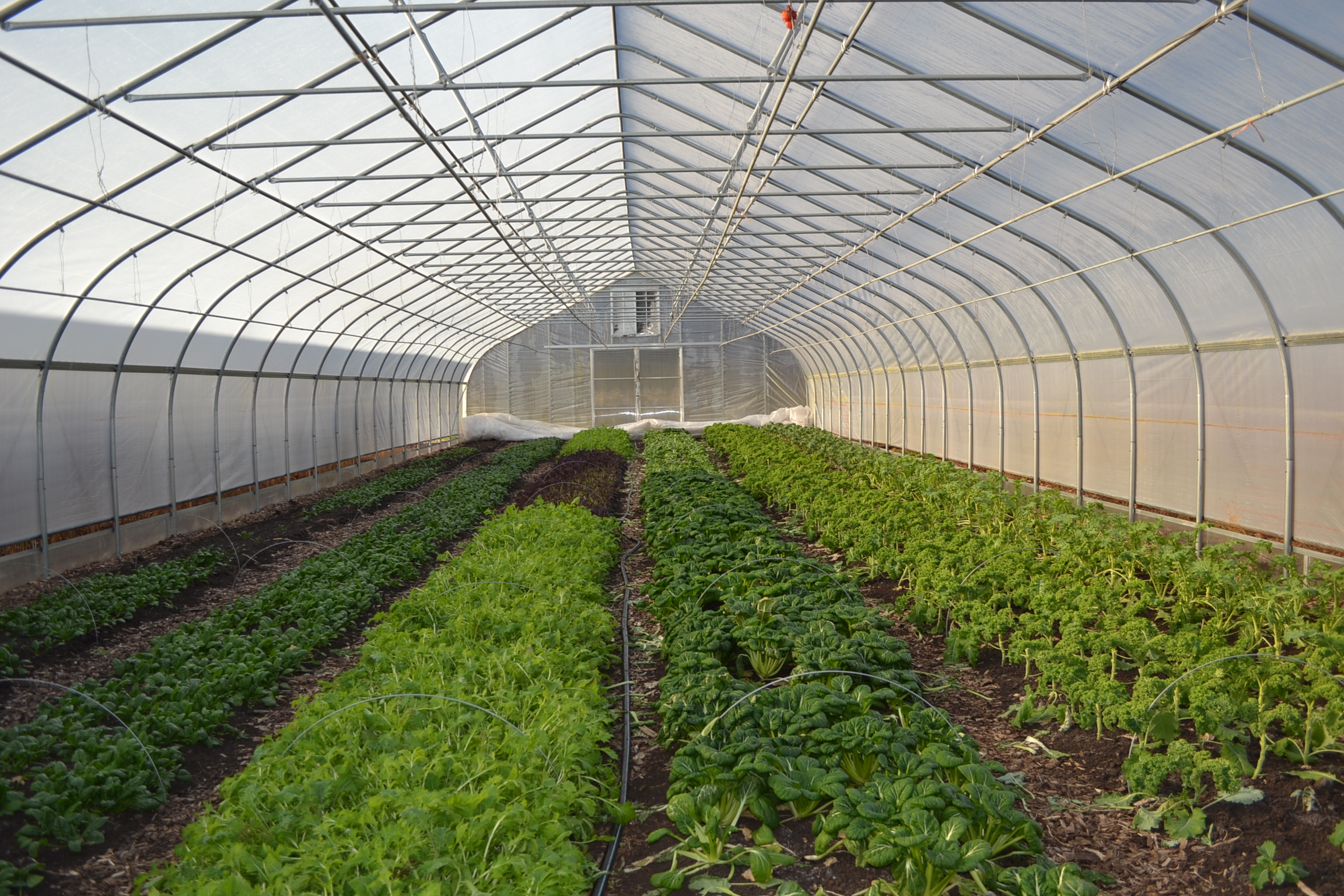
The best crop to grow in a greenhouse often depends on various factors, including climate, available technology, and market demand. However, several crops are generally considered ideal for greenhouse cultivation due to their growth patterns, economic viability, and consumer demand. Tomatoes are frequently cited as one of the best crops for greenhouses. They thrive in the controlled environment of a greenhouse, allowing for higher yields and extended growing seasons.
Advantages of Growing Tomatoes in Greenhouses
Growing tomatoes in a greenhouse offers several advantages:
- Controlled Environment: Greenhouses provide an ideal climate for tomatoes, with regulated temperatures and humidity levels.
- Pest Management: The enclosed structure prevents many pests, reducing the need for pesticides and ensuring healthier plants.
- Extended Harvest Season: Greenhouse conditions allow for year-round production, making it possible to harvest tomatoes even in off-seasons.
Other Popular Greenhouse Crops
In addition to tomatoes, several other crops are well suited for greenhouse farming:
- Lettuce: Quick-growing leafy greens thrive in cooler temperatures, making them perfect for greenhouse environments.
- Peppers: Bell peppers and chili peppers grow well in greenhouses, benefiting from the warm conditions.
- Cucumbers: These tend to grow vigorously in greenhouses where temperature and humidity can be precisely controlled.
Factors to Consider When Choosing Greenhouse Crops
Selecting the right crop involves understanding several key factors:
- Market Demand: Analyze regional market trends to identify which crops are in high demand among consumers.
- Growth Cycle: Consider the growth time of the crops to maximize the turnover rate of your produce.
- Resource Availability: Evaluate the resources (water, space, and energy) available to ensure you can sustain the selected crops.
Techniques for Optimizing Crop Yield
To maximize productivity in a greenhouse, consider implementing these techniques:
- Hydroponics: This soil-less growing method can lead to faster growth and higher yields for many crops.
- Vertical Gardening: Utilizing vertical space effectively can help you grow more crops in a limited area.
- Proper Ventilation: Adequate air circulation is essential for preventing diseases and ensuring healthy plant growth.
Common Challenges in Greenhouse Farming
While greenhouse farming offers many benefits, it also comes with challenges:
- Climate Control: Maintaining an optimal climate can be resource-intensive and may require advanced technology.
- Pest and Disease Management: Enclosed spaces can sometimes lead to higher incidences of diseases if not properly monitored.
- Investment Costs: Setting up a greenhouse can be expensive, requiring careful financial planning and management.
Questions from Our Readers
What vegetables are ideal for greenhouse cultivation?
Many vegetables thrive in a greenhouse environment due to the controlled conditions. Tomatoes, cucumbers, bell peppers, and lettuce are among the top choices as they require specific temperature and humidity levels that greenhouses can consistently provide.
How does temperature affect the growth of vegetables in a greenhouse?
Temperature plays a critical role in vegetable growth within a greenhouse. Most vegetables prefer temperatures between 60°F and 75°F (15°C to 24°C), and maintaining this range can maximize growth rates and yield. Extreme heat or cold can lead to poor development or even crop failure.
Can leafy greens be successfully grown in a greenhouse?
Yes, leafy greens such as spinach, kale, and arugula are well-suited for greenhouse cultivation. They typically grow quickly and benefit from the stable conditions a greenhouse offers, allowing for extended growing seasons and better overall quality.
Are there any pest management techniques specific to greenhouse vegetable cultivation?
Pest management in a greenhouse often relies on integrated pest management (IPM) strategies, which may include biological control, regular monitoring, and the use of beneficial insects to combat pests. This environmentally friendly approach helps maintain healthy plants while minimizing chemical use.
See also: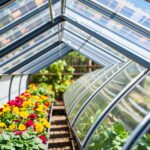

If you want to read more articles like What Vegetables Are Most Suited for Greenhouse Cultivation? Top Choices for Successful Growth, we recommend you check out our Greenhouse category.
Leave a Reply
Related Articles